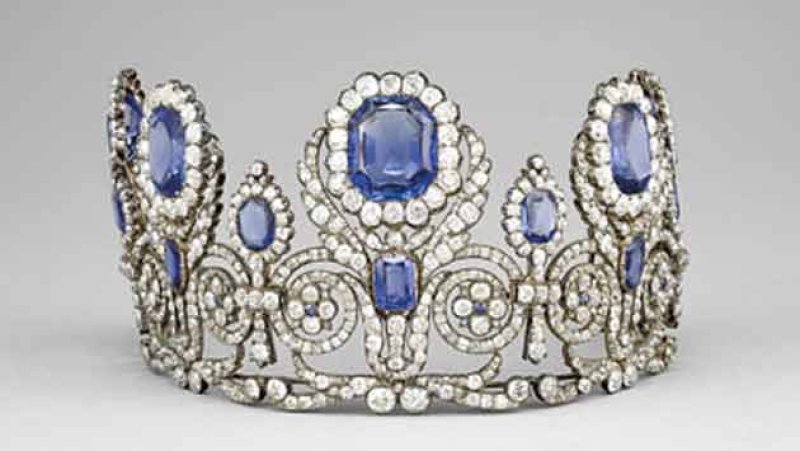
The sapphire diadem, historically worn by Queen Hortense—wife of Napoleon Bonaparte’s brother Louis Bonaparte—and later by Queen Marie-Amélie, has drawn global attention to Sri Lanka’s famed blue sapphires.
The heist, described by French art recovery experts as “a national disaster” and “a national disgrace,” involved four masked men who completed the robbery in just seven minutes, making off with royal jewels valued at over 88 million euros (approximately 31 billion rupees). Investigators believe the thieves were motivated by the fact that the jewels and precious metals could be broken up and sold individually.
Louis Bonaparte reigned as King of Holland from 1806 to 1810, during which time the Netherlands was a client state of France. Queen Hortense was his step-niece, the daughter of Empress Josephine, Napoleon’s wife.
Historical records indicate that the Dutch ruled parts of Ceylon from 1640 to 1796, suggesting that the Ceylon sapphires may have been removed during the colonial period through the Dutch East India Company.
In recent years, the Netherlands returned several colonial-era artefacts to Sri Lanka, including the Cannon of Kandy in late 2023, which are now housed in the National Museum—an institution that itself experienced a break-in on March 17, 2012.